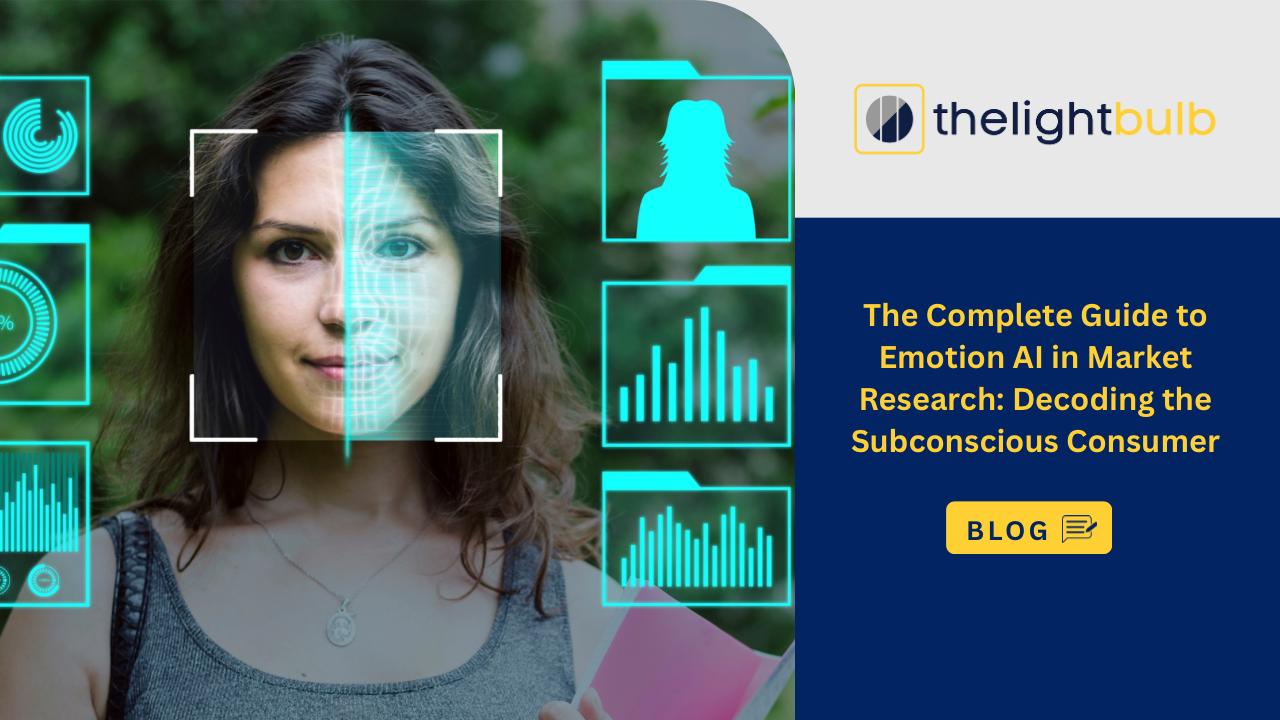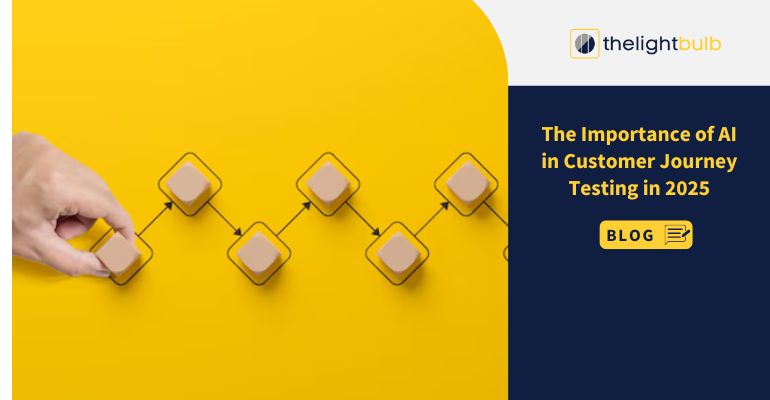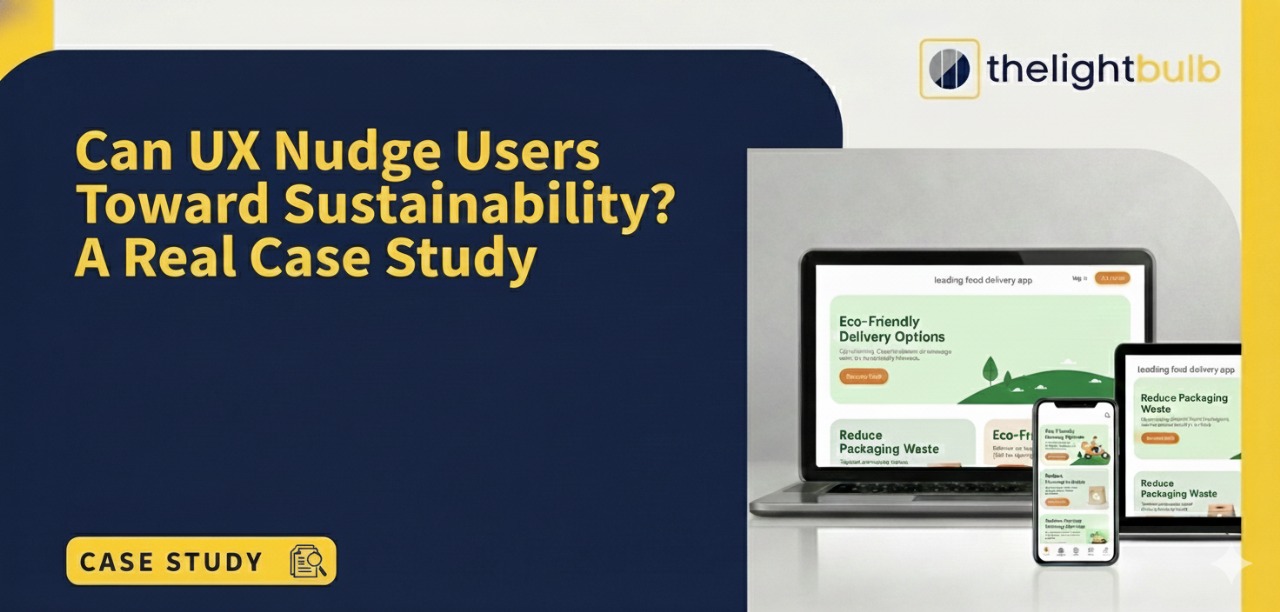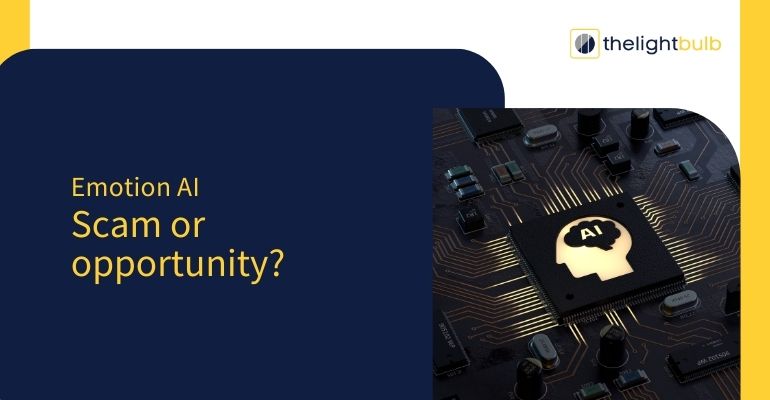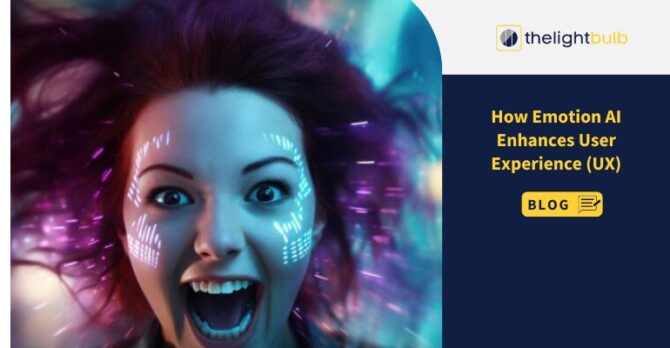
Emotion AI, furthermore called affective computing, is revolutionizing how companies understand and reply to their customers. By analyzing human emotions through voice tone, facial expressions, or textual content sentiment, Emotion AI permits producers to create greater customized, empathetic, and powerful virtual stories. In this weblog, we’ll explore how Emotion AI complements User Experience (UX) and why it’s turning into crucial in these days’s virtual international.

Understanding Emotion AI
Emotion AI leverages artificial intelligence to stumble upon and interpret human feelings. It uses technology like natural language processing (NLP), computer vision, and device mastering to research emotional cues.This information facilitates agencies to apprehend their customers higher, letting them layout tales that cater to personal desires and options.
For instance, a customer service chatbot powered through Emotion AI can hit upon frustration in a person’s tone and regulate its responses to offer better help. Similarly, a video streaming platform can endorse content based totally at the person’s modern-day mood, developing an extra gratifying revel in.
The Role of Emotion AI in UX Design
User Experience (UX) format specializes in developing big and thrilling interactions among clients and virtual merchandise. Emotion AI provides a brand new dimension to UX by introducing emotional intelligence into virtual systems. Let’s take a look at a few key areas where Emotion AI enhances UX:
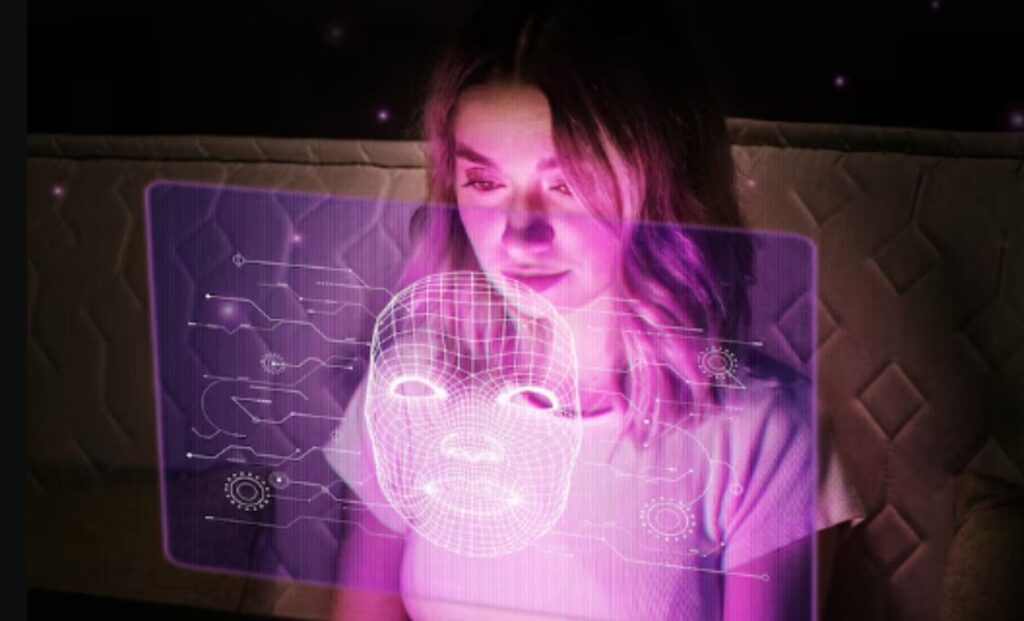
1. Personalization at Scale
Emotion AI allows hyper-personalization by knowing the emotional state of users. For instance:An e-trade web site can recommend products based totally on a client’s temper.
A health app can encourage users by adapting its tone based totally on their strength ranges.By tailoring stories to man or woman feelings, manufacturers can create more potent connections with their users.
2. Real-Time Feedback
Emotion AI presents actual-time insights into how customers experience at some stage in their interactions. This comment enables UX designers to identify pain factors and improve the interface accordingly.
For example:
- A gaming app can modify trouble degrees if it senses frustration.
- An instructional platform can alter its teaching technique to keep engagement.
- This dynamic adaptability keeps customers engaged and satisfied.
3. Enhanced Customer Support
Customer help structures integrated with Emotion AI can come across emotions like anger or confusion. Chatbots and virtual assistants can then reply empathetically, presenting quicker and extra powerful answers. This leads to higher customer pride and loyalty.
4. Improved Accessibility
Emotion AI allows make virtual merchandise greater available for customers with disabilities. For instance:
Voice assistants can recognize and respond to non-verbal cues. Emotion detection can useful resource people with verbal exchange demanding situations, such as the ones on the autism spectrum. By addressing diverse wishes, Emotion AI guarantees inclusivity in UX de

Emotion AI is already making waves throughout various industries. Here are a few real-global examples:
Healthcare
Healthcare apps use Emotion AI to monitor patients’ intellectual and physical well-being. For example, an app can stumble on signs and symptoms of tension or despair and suggest coping techniques.
Retail
Retailers leverage Emotion AI to investigate consumer conduct and optimize in-store or on-line reports. Emotion tracking can become aware of which products attract advantageous responses, supporting manufacturers refine their services.
Entertainment
Streaming systems like Netflix and Spotify use Emotion AI to advocate content that matches users’ moods, improving their entertainment reviews.
Education
EdTech systems use Emotion AI to conform classes primarily based on scholar engagement tiers, making getting to know extra effective and enjoyable.
Automotive
Automotive groups combine Emotion AI into cars to monitor drivers’ feelings. This era can come across fatigue or strain and advise breaks, improving street protection.
Challenges and Ethical Considerations

While Emotion AI gives blessings, it also increases ethical concerns. Privacy is a vast problem considering the fact that analyzing feelings requires accumulating sensitive user information.
Companies should make certain that:
- User data is accrued transparently.
- Data is stored securely and used responsibly.
- Users have to manage their emotional records.
Additionally, designers must keep away from developing manipulative stories that take advantage of users’ emotions for earnings. Ethical tips have to be a priority in Emotion AI development and implementation.
The Future of Emotion AI in UX
Emotion AI continues to be evolving, however its capacity is titanic. As generation advances, we can anticipate:
- More correct emotion detection.
- Wider adoption across industries
- Seamless integration
FAQs
1.What is Emotion AI?
Emotion AI, or affective computing, is a generation that detects and translates human feelings the usage of synthetic intelligence techniques collectively with natural language processing, pc vision, and tool learning.
2. How does Emotion AI improve UX?
Emotion AI complements UX by way of permitting personalization, actual-time feedback, progressed customer support, and emotional connections between customers and virtual products.
3. What industries use Emotion AI?
Industries like healthcare, retail, entertainment, schooling, and automobiles are actively using Emotion AI to enhance their user stories.
4. Are there moral worries with Emotion AI?
Yes, ethical worries consist of records privacy, protection, and the capacity for misuse of emotional statistics. Transparent practices and ethical hints are essential.
5. What is the destiny of Emotion AI in UX?
The destiny of Emotion AI entails more correct emotion detection, wider adoption, and seamless integration with other technology to set new benchmarks in UX design.
